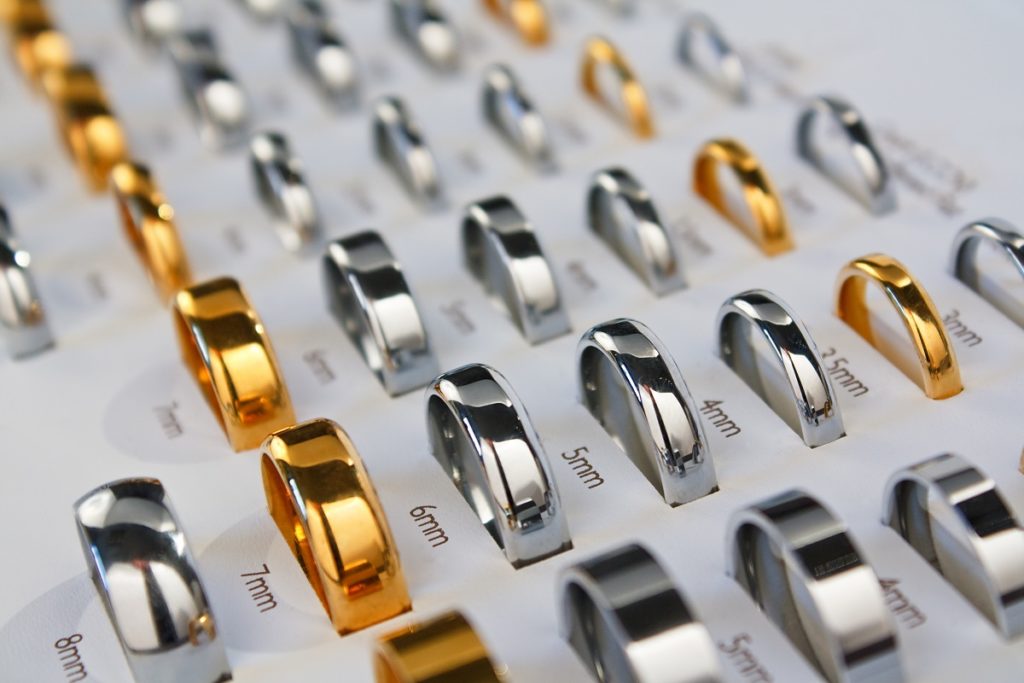Wedding rings have come to symbolize more than the bond between a man and a woman. They started as symbols of ownership and bondage but are now considered symbols of eternal love, romance, and marriage.
But how did a simple metal band stand for so much more?
It All Started in Ancient Egypt
The ancient Egyptians believed that the heart was the center of the body’s consciousness. It was no accident that funerary customs from those times did not remove it from the body since they believed it was essential for the last judgment.
They believed that the fourth finger held the vena amoris, or the ‘vein of love,’ which started in the heart and ran through what we now call the ring finger. Then they used hemp or reed as a ring to remind them of their bond with their partner. Most of the time, these bands did not last long, and the ancient Egyptians then started replacing it with leather or ivory.
The Grandeur of Rome
The tradition continued in ancient Rome when a groom gave his bride an iron ring. It was a symbol of a couple’s enduring bond. Sometimes gold or silver rings were given, but most ordinary Roman folk settled for leather, bone, or iron. But even if the materials were simple, the Romans still pursued beauty and balance. Some rings had engravings and even carved images that represent the couple.
The Middle Ages to the Renaissance
The collapse of the Roman Empire created a vacuum that affected the social and economic state of many city-states in Europe, and many customs were forgotten. But one thing that remained intact was the use of wedding rings.
But it was in 850 A.D. that Pope Nicholas made the engagement ring an official trinket for couples to state their intent to marry someone. Not only were people making gold wedding rings, but they were also investing in engagement rings to signify betrothment.
 In the Age of Victoria
In the Age of Victoria
The reign of Queen Victoria signaled a call for more color and design not only for jewelry but also for the general design of many items. The time explored the use of filigree and cannetille and used materials such as tortoiseshell, ivory, and other gemstones.
Wedding bands remained simple, but plain gold bands could include engravings of natural shapes, such as leaves and flowers. It was also common practice for only the bride to receive and wear the wedding ring. Victorian grooms did not generally wear wedding bands, and it was only much later that couples exchanged rings as a symbol of their commitment.
Diamonds Are Forever…for Now
Now all the rage is for diamond rings, whether for engagement or wedding bands. Companies like DeBeers and Tiffany’s have made diamonds the most desired of all gemstones. But that does not mean that other gems are less valuable. Some people prefer sapphires, rubies, or even emeralds that might hold more meaning for them. And if a couple would choose other gemstones, it only makes their vows even more valuable.

